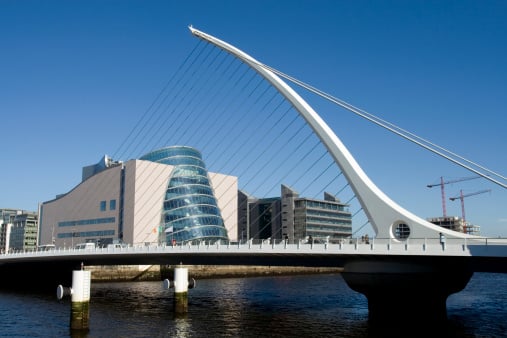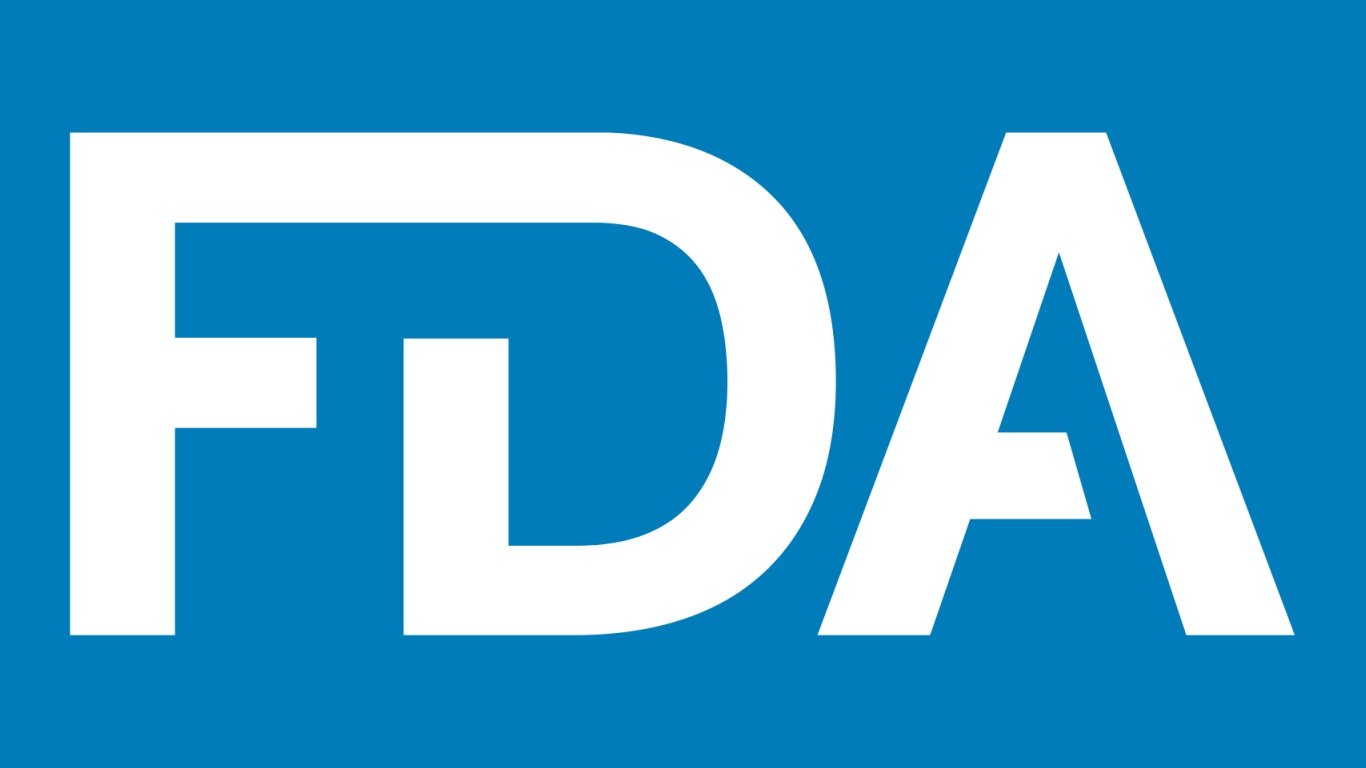Many investors, economists and people in general have watched the longstanding woes in Europe. The people inside Europe have lived through these woes as well, and some nations know how to get it right, while other nations are just incapable. Greece and its socialist Syriza party are playing a shell game, or a game of chicken, with the rest of Europe and its creditors. Perhaps Greece should take a page of Ireland’s playbook. Source: Thinkstock
Source: Thinkstock
Standard & Poor’s announced on Friday that it was upgrading the credit ratings of Ireland. The new A+ rating (from a prior A rating) makes it further into investment grade. S&P affirmed its A-1 short-term rating, and the ratings outlook is Stable.
24/7 Wall St. has admired Ireland because the nation took its lumps during the financial crisis and then clawed its way out of the gutter. That did not come without pain, and not all the bad news has been forgotten, nor even entirely disappeared. Greece is running itself in the exact opposite manner on the international scene, basically to the point of disgrace.
What S&P sees is that Ireland’s real gross domestic product (GDP) is now expected to grow by an average of 3.6% in the years 2015 to 2018. This is expected to be among the highest rates of growth in Europe.
ALSO READ: The 6 Stocks Punishing the Dow in 2015
S&P also sees the fiscal deficit shrinking, backed up by strong nominal GDP growth higher rates of asset sales, and a further redemption of the National Asset Management Agency senior bonds. The expectation is that this will bring the general government debt to below 100% of GDP by the end of 2015.
The real GDP growth of 4.8% in 2014 trumped the 0.9% for the eurozone, led mostly by net exports in business services and by IT products and services. Nominal GDP in euro terms is expected to return to the 2007 pre-crisis peak in 2015. A weaker euro currency has also helped Ireland’s economic competitiveness. Outside investment into Ireland has also been a key factor.
In the world of exchange traded funds (ETFs), the iShares MSCI Ireland Capped ETF (NYSEMKT: EIRL) is the U.S.-listed ETF for Ireland. It trades about 32,000 shares per day but was still down 0.8% at $39.35 in mid-Friday trading. Its 52-week range is $30.86 to $41.05. This ETF is rather small, with net assets of only about $105 million.
The New Ireland Fund Inc. (NYSE: IRL) is a small closed-end fund that is shown by the Closed-End Fund Association (CEFA) to have more than a 13% price discount to its net asset value. Trading at $13.88, it has a 52-week range of $10.95 to $14.24, and its total net assets at the end of May were $80 million.
24/7 Wall St. also wanted to compare more of the rationale with the Ireland upgrade by S&P by showing comparisons to Greece and to the Greek ETF.
ALSO READ: Does the Petrobras 100-Year Bond Offering Have a Government Guarantee?
Ireland’s unemployment rate fell to 9.8% in the most recent reading in 2015, and it is expected to drop to 7.5% over the next two years, while labor compensation is expected to grow 3% or so per year. Another big plus has been that Ireland has met its fiscal goals and obligations since exiting the European Union/International Monetary Fund (IMF) program in December of 2013. This is even with the Central Bank of Ireland balance sheet being 41% of GDP. The government deficit is expected to be 2.8% of GDP in 2015, and it is not expected to reach a surplus before 2019, after some election and health care spending slippage.
The reality is that Ireland has made many improvements. It is far from perfect, and it may not even represent an exemplary nation yet by credit ratings. Still, Greece has much to learn — not living up to prior signed and agreed-to commitments and threatening to torpedo the euro being at the top of the list.
Greece of course is not known for having many of the same strengths as Ireland. How many nations outsource IT and business services to Greece? The nation is known more for tourism, shipping, olive oil, food and some textiles. Also, outside nations are more than just a bit reluctant to invest very much into Greece due to the political instability and the lack of a friendly employment environment for employers.
ALSO READ: The Next Big Dividend Hikes You Can Bank On This Summer
24/7 Wall St. has even questioned whether there is a new risk creeping up over whether Greece could nationalize its banks.
S&P has not yet keyed in on Greece’s decision to bundle its IMF payments at the end of June. Fitch Ratings did key in on the matter, mostly negatively:
Greece’s decision to bundle four payments due to the IMF this month highlights the extreme pressure on government funding, Fitch Ratings says. It does not have direct implications for Greece’s ‘CCC’ sovereign rating …
Fitch’s ratings reflect the risk of default to private rather than official sector creditors, so delaying repayment to the IMF is not in and of itself a ratings default. Nevertheless, bundling this month’s repayments illustrates the pressure that a lack of market or official funding and tight liquidity conditions for Greek banks are putting on Greece’s sovereign liquidity. Our ‘CCC’ sovereign rating, affirmed last month, indicates that default on privately held bonds is a real possibility.
24/7 Wall St. wanted to run a comparison of the Irish funds to the Greek ETF. The Global X FTSE Greece 20 ETF (NYSEMKT: GREK) was down another 3.4% at $11.60 in midday trading on Friday. Its 52-week trading range is $9.76 to $24.58, and the Global X website shows that it has $318 million in assets.
It is interesting that Ireland’s ETF and closed-end fund do not even add up to the assets of the Greek ETF. The reason may boil down to total size rather than based on the quality of those figures per person.
ALSO READ: When Dealing With Greece Becomes Impossible
24/7 Wall St. wanted to use CIA World Factbook data to compare the Greek and Irish economies as well. Greece has a population of almost 10.8 million and a projected GDP in dollar terms under a purchasing power parity calculation of $284.3 billion in 2014. Ireland was shown to have a total population 4.8 million, and GDP under the same calculation was shown to be $224.7 billion in 2014.
GDP per capita in Ireland was $46,800 in 2014, versus $25,800 for Greece. Greece’s unemployment rate was projected to be 26.8% in 2014, with the Irish unemployment rate now down to under 10%. Greece’s public debt was also projected to be 174% of GDP in 2014.
Take This Retirement Quiz To Get Matched With A Financial Advisor (Sponsored)
Take the quiz below to get matched with a financial advisor today.
Each advisor has been vetted by SmartAsset and is held to a fiduciary standard to act in your best interests.
Here’s how it works:
1. Answer SmartAsset advisor match quiz
2. Review your pre-screened matches at your leisure. Check out the
advisors’ profiles.
3. Speak with advisors at no cost to you. Have an introductory call on the phone or introduction in person and choose whom to work with in the future
Take the retirement quiz right here.
Thank you for reading! Have some feedback for us?
Contact the 24/7 Wall St. editorial team.



